Thanks to Antoine Lucas for these details on his grandfather’s work.
Victor Lucas (1897-1958) born August 24, 1897 in Saint James (Manche), he grew up in Vire where his father had a stonemason business. Encouraged by his drawing teacher, he successfully attempted the entrance exam for the Sèvres Ceramics School. Victor Lucas thus benefits from very advanced artistic training and then high-quality technical education. In July 1922, he obtained his diploma as a ceramic engineer and immediately began looking for a first position. Jules Henriot, who wishes to modernize his Breton Art Manufacture in Quimper, receives his request favorably. The economic context is particularly favorable with the real start of the region's tourism boom. But this increasingly flourishing market is contested by a competing earthenware manufacturer, the company Jules Verlingue, Bolloré & Cie. In this real economic war, called “the war of the Jules”, the two manufacturers engage in an incessant struggle. However, this fierce competition has positive aspects. First of all, a competition on a technical level which allows Victor Lucas to modernize the production tool. Then a stimulating effect on the artistic level, the interwar period thus saw the second high point of Quimper ceramic creation after the success of the productions of Alfred Beau and the first Breton decorations of the end of the 19th century. Many artists frequented the two earthenware factories at this time, each of which had its own notable figures: René Quillivic (1879-1969) at HB, Mathurin Méheut (1882-1958) for Henriot. The major international exhibitions in Paris encouraged the two manufacturers to surpass themselves. That of 1925 honored them with numerous prizes and helped to reveal the “Seiz-Breur” group which aimed to renew Breton art by combining tradition and modernity. Their fight against “biniousery” found a favorable echo with Victor Lucas. On the other hand, advocating the universality of art, he is critical of their concept of specifically Breton art and does not follow them in their nationalist claim. At the end of March 1941, he left Henriot for HB and, despite the difficult situation of the war, fully assumed his role as technical director. In May 1944, the end of hostilities finally opened up prospects for the future, Victor Lucas then resigned, with the idea of realizing his great project, the culmination of his career as an engineer: creating his own factory. Renewing Quimper earthenware and reviving Breton popular art, such was the ambition of Victor Lucas when he founded the Kéraluc factory in 1946 (contractraction of "ker ar Lucas" "the house of Lucas").











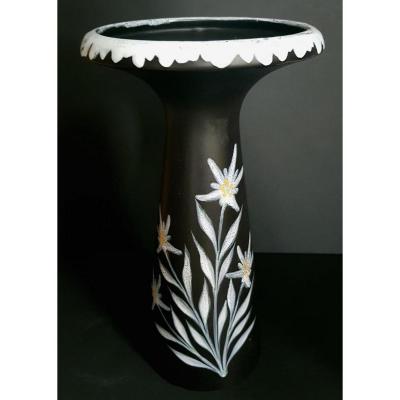

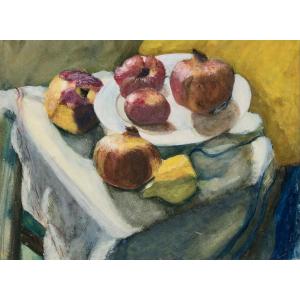

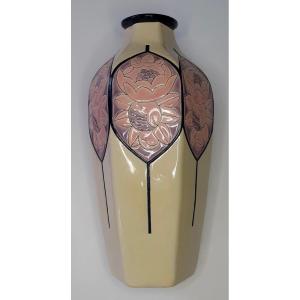
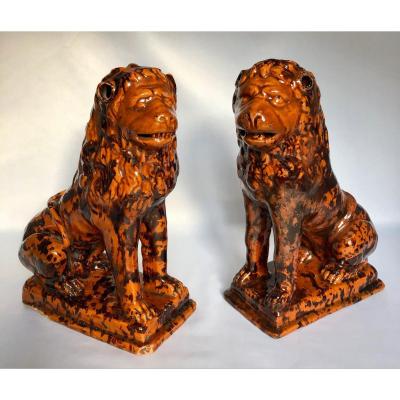







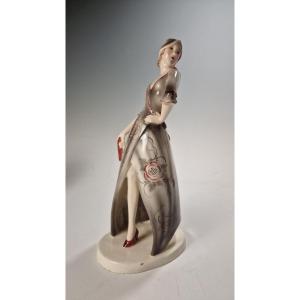
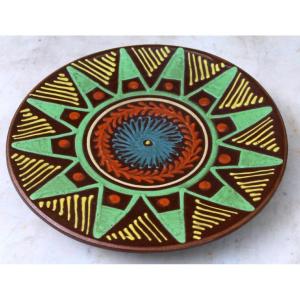

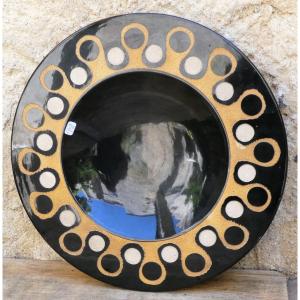
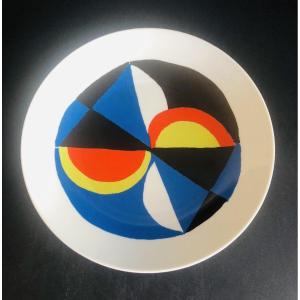



 Le Magazine de PROANTIC
Le Magazine de PROANTIC TRÉSORS Magazine
TRÉSORS Magazine Rivista Artiquariato
Rivista Artiquariato